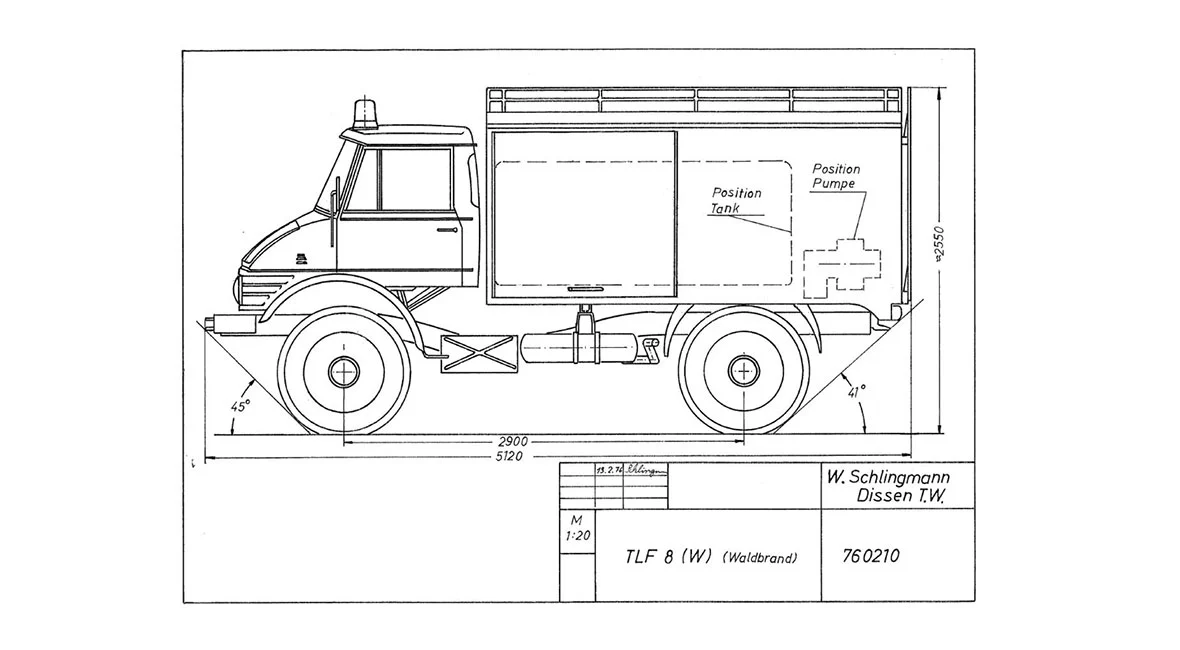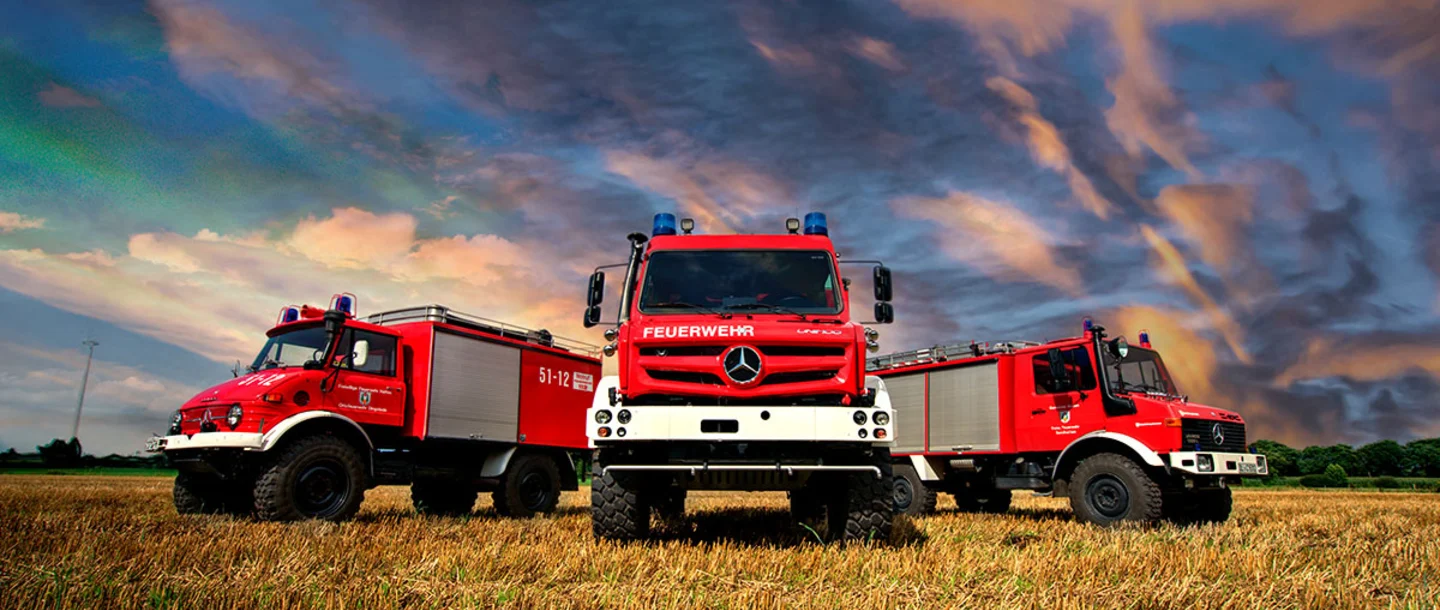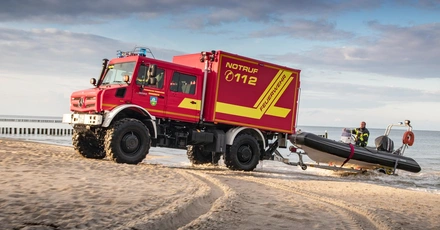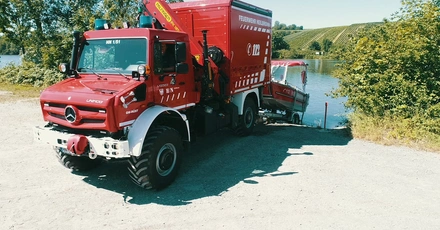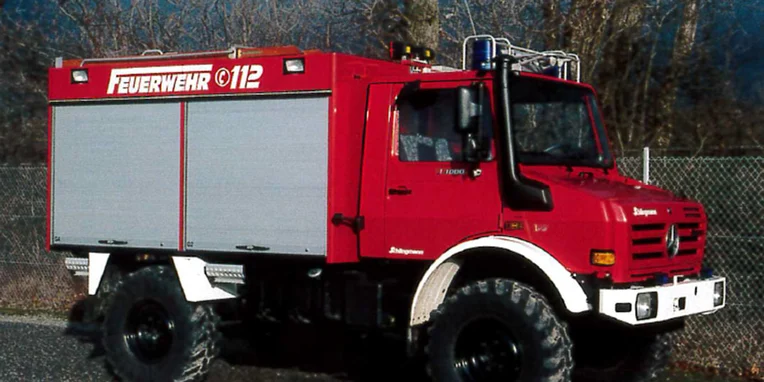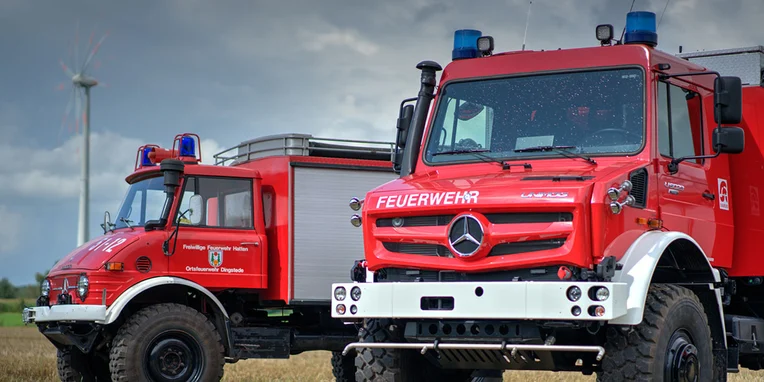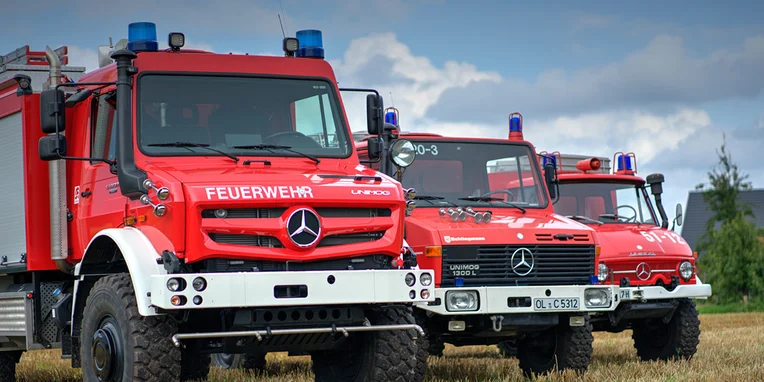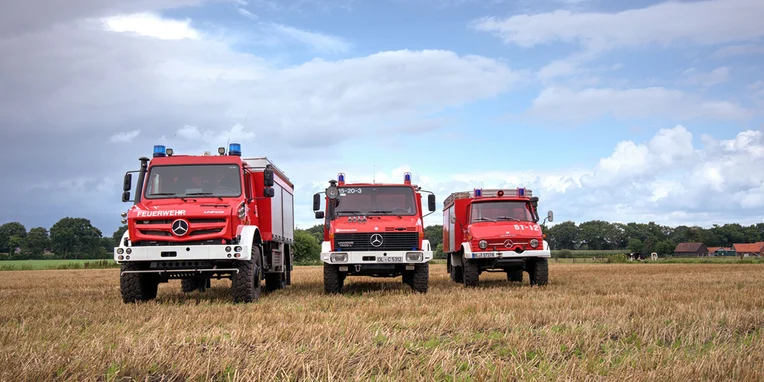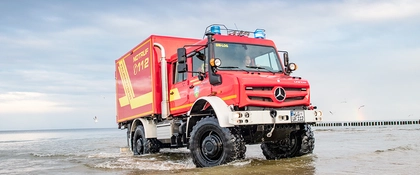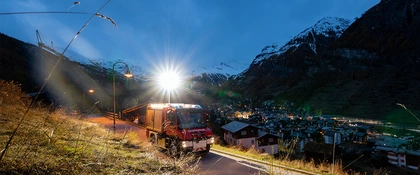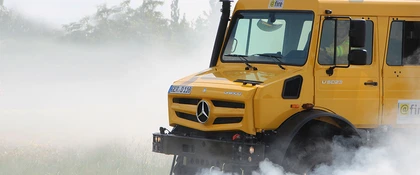Schlingmann is a pioneer in Unimog TLF fire engines.
It's August 1975. In northern Germany, temperatures have been sitting at 35 degrees Celsius for days now and the atmospheric humidity is just 30 percent. Suddenly, disaster strikes: thick swatches of smoke rise from the forests of the Lüneburg Heath and the Wendlands. It's a major incident, with fire services from neighbouring regions and further afield being called upon to help. The heat and changing winds make things difficult for the emergency services at the scene. The firefighting operations take several days. But the biggest problem of all is the lack of a water supply in the difficult terrain. Especially in view of the sheer size of the area burning:, 8000 hectares of forest and 5000 hectares of moorland and heathland. Seven people were killed in what was the largest fire-related catastrophe to date in the Federal Republic of Germany.
